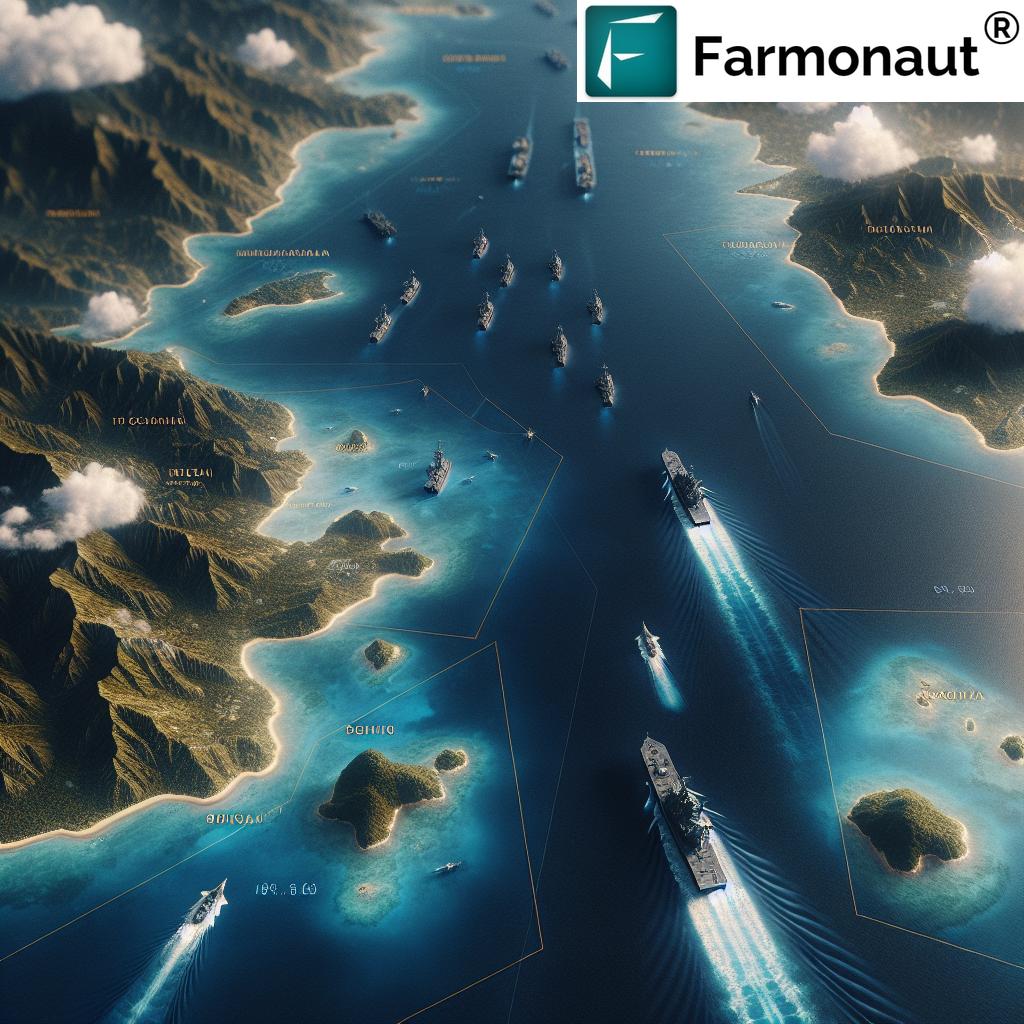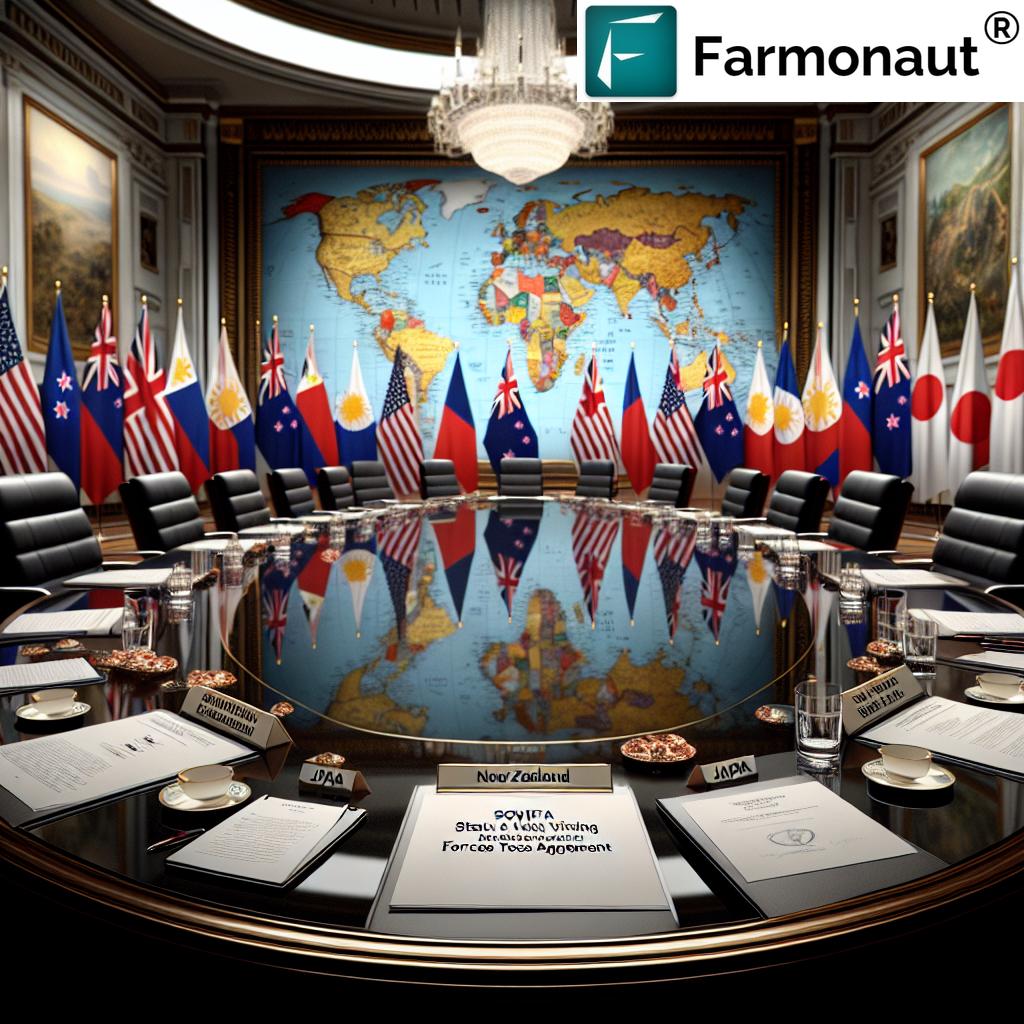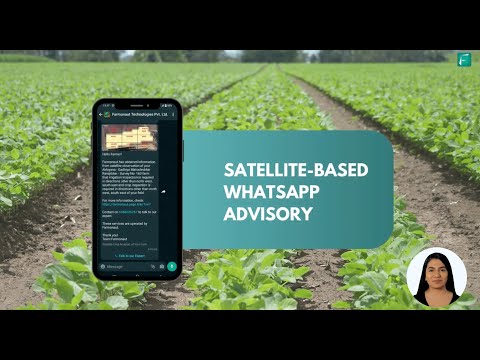Philippines-New Zealand Pact: Shaping Indo-Pacific Security
“Philippines and New Zealand signed a landmark SOVFA in 2024, strengthening Indo-Pacific security cooperation and military partnership.“
Introduction: The New Era of Indo-Pacific Security
The Indo-Pacific region has become the fulcrum of global geopolitics, witnessing dynamic shifts in security alliances and strategic partnerships. In June 2024, Manila emerged as a focal point when the Philippines and New Zealand fortified their defence ties with the signing of the Status of Visiting Forces Agreement (SOVFA). This landmark pact—signed by Philippine Defense Secretary Gilberto Teodoro and NZ Defence Minister Judith Collins—marks a pivotal step in military cooperation within the realms of regional stability, maritime security, and Indo-Pacific security cooperation.
Our analysis will delve into how the Philippines New Zealand defence ties, underpinned by the SOVFA, not only redefine bilateral engagements but also significantly contribute to regional architecture amid the escalating South China Sea dispute and the larger power contest between the West, China, and Russia.
The SOVFA opens a new chapter by permitting both nations to deploy their troops on each other’s soil, thus simplifying military logistics and strengthening the operational synergy necessary for emerging security challenges. As we explore the trajectory and transformations of these bilateral defence ties, we must contextualize them within the broader currents shaping regional security, the competitive aspirations of power blocs, and the necessity for collaborative approaches in the Indo-Pacific region.
How This Blog Empowers You:
- In-depth insights on the Philippines New Zealand defence partnership shaping Asia Pacific security trends.
- Clear explanations of the SOVFA’s role in boosting military cooperation and regional stability.
- Professionally analyzed impact of multilateral exercises on the South China Sea dispute.
- Expert commentary on evolving maritime security and emerging technology solutions such as large-scale farm management and fleet management for sustainable development.
Regional Security Context: South China Sea and the Indo-Pacific Challenge
The Indo-Pacific region is a tapestry of opportunity and risk, with the South China Sea at the center of this complex mosaic. With almost one third of global maritime trade passing through its waters, the South China Sea is both a vital economic artery and a zone of contested sovereignty—with Beijing’s sweeping claims clashing against the jurisdiction asserted by its neighbors: the Philippines, Vietnam, Brunei, and Malaysia.
China’s expansive approach towards the Sea, emboldened by growing military presence and strategic infrastructure development, has led to persistent disputes, not only with Manila but also with other ASEAN members. These disputes have implications far beyond the immediate claimants—threatening freedom of navigation, regional trade, and stability across the Asia Pacific.
Meanwhile, the West, led by the United States and supported by Australia and Japan, continues to reinforce its presence and partnerships across the region, seeking to balance the assertiveness of both China and Russia. This competitive dynamic frames the urgency and relevance of stronger bilateral defence ties, like those now seen between the Philippines and New Zealand, within a broader collective security posture.
Key Geostrategic Factors:
- The South China Sea dispute remains a flashpoint, with China pressing territorial claims in competition with its neighbors.
- Strategic competition heightens between the West (United States and allies) and both China and Russia.
- Regional organizations and alliances become critical in mediating tensions and promoting stability.
“The SOVFA enhances South China Sea stability, marking a significant step in regional defense ties between the Philippines and New Zealand.”
Status of Visiting Forces Agreement (SOVFA): A Turning Point for Philippines New Zealand Defence Ties
Against this intricate backdrop, the 2024 SOVFA emerges as a transformative agreement, signaling a new phase in Philippines New Zealand defence ties. The pact enables each nation’s forces to operate and train on each other’s soil, enhancing the responsiveness and interoperability of both militaries. This arrangement stands as a practical demonstration of increased trust and operational readiness, which are essential amid growing regional uncertainties.
Key Features of the Philippines-New Zealand SOVFA:
- Legal Framework: Clarifies the legal status, rights, and obligations of visiting troops, eliminating ambiguity and streamlining joint military activities.
- Operational Flexibility: Eases logistical and administrative barriers for deployments, training, and exercises on each other’s soil.
- Enhanced Interoperability: Facilitates seamless cooperation, experience sharing, and rapid response capabilities to emerging threats in the Indo-Pacific.
- Foundation for Broader Security Cooperation: SOVFA serves as a catalyst for more extensive joint initiatives, including disaster response, humanitarian assistance, and capacity building.
By reinforcing official defence ties, the SOVFA amplifies security cooperation in response to shared challenges, particularly those emerging from the unresolved South China Sea dispute. It also dovetails into global efforts to maintain open sea lanes, collective deterrence, and enduring regional stability in Asia Pacific.
Comparative Timeline Table: Key Milestones of the Philippines-New Zealand Security Pact
To clarify the chronology and progression of the Philippines New Zealand defence partnership, we present a detailed timeline table of major events and their estimated impact on Indo-Pacific security.
| Year/Date | Event/Agreement | Key Focus Area | Estimated Impact on Indo-Pacific Security |
|---|---|---|---|
| 2015 | First Bilateral Defence Dialogue | Security Dialogue, Policy Coordination | Medium |
| 2018 | MoU on Defence Cooperation | Capacity Building, Training | Medium |
| 2023 | Joint Maritime Exercises (with US, Australia, Japan, NZ) | Maritime Security, Multilateral Engagement | High |
| 2024 (June) | Signing of SOVFA in Manila | Operational Synergy, Legal Framework | High |
| 2025 (Planned) | Expanded Disaster Response Cooperation | Humanitarian Assistance, Disaster Relief | Medium / High |
| 2026 (Planned) | Elevation to “Comprehensive Partnership” | Diplomatic, Economic, and Security Alignment | High |
This timeline showcases the stepwise evolution of the Philippines New Zealand defence partnership, underscoring how each agreement and engagement has contributed to wider Indo-Pacific security cooperation.
Expanding Military Cooperation in the Indo-Pacific Region
The SOVFA’s significance is magnified by recent moves from Wellington to increase its defense spending by NZ$9 billion ($5 billion) over four years, with an ambitious commitment to almost double this figure to reach 2% of GDP over the next eight years. These financial commitments are not made in isolation; they arise from a 2023 review of New Zealand’s security capabilities which urged the nation to boost military spending and deepen ties with Indo-Pacific nations in response to modern threats, including not just strategic rivalry but climate-induced risks.
The Philippines, too, has been strengthening its alliances and partnerships to ensure its maritime sovereignty and to address overlapping claims with China, Vietnam, Brunei, and Malaysia. Involvement in joint exercises and multinational operations demonstrates Manila’s determination to protect its interests and contribute to a regional security order grounded in international law and cooperative principles.
- Maritime Security: Recent joint exercises in the South China Sea with the United States, Australia, Japan, and New Zealand highlight increasing coordination on freedom of navigation and countering illegal activities.
- Capacity Building: The bilateral framework extends to training programs, knowledge exchange, and operational planning, deepening the professionalism and preparedness of both armed forces.
- Disaster Response: Both nations recognize the importance of swift and coordinated responses to natural disasters, a common risk in the Asia Pacific, where typhoons, earthquakes, and climate risks are routine threats.
- Technology and Intelligence: As part of broader strategic adaptation, both countries are exploring the integration of new technologies for effective security operations—underscoring the value of data-driven platforms like Farmonaut’s Fleet Management tools for resource optimization and real-time logistics management.
For those interested in integrating high-resolution, real-time satellite and weather data for defense logistics, agricultural monitoring, or disaster response, the advanced APIs offered by Farmonaut provide powerful decision-support systems. See Farmonaut API and explore technical guidance in the API Developer Docs.
Australia, Japan, United States, and New Zealand: Multi-lateral Exercises and Impact
One of the clearest indicators of growing Indo-Pacific security cooperation is the increasing participation of Australia, Japan, the United States, and New Zealand in multilateral military exercises in the region. In 2023, New Zealand joined joint maritime maneuvers in the South China Sea for the first time, alongside the Philippines and other partners. These exercises are not only practical showcases of defense readiness but also strong diplomatic messages about commitment to international norms.
Major Implications of Multilateral Exercises:
- Operational Experience: Joint activities foster real-world skill-building, improve response strategies to emerging threats, and enhance military interoperability.
- Collective Deterrence: The presence of allied nations acts as a deterrent to unilateral actions that may threaten regional peace and South China Sea stability.
- Political Signal: Such engagements demonstrate unified resolve to uphold the rule of law and the freedom of navigation—core concerns amid China South China Sea claims.
- Broadening Partnerships: Participation by countries outside the immediate dispute—such as New Zealand—broadens the security network and introduces new best practices relevant to capacity building and sustainable security operations.
These exercises are not mere pageantry. They have real, substantive impacts—driving joint problem solving and serving as templates for partnership in disaster response, counter-piracy, and humanitarian assistance across Asia Pacific. The SOVFA now provides the necessary legal and administrative grounds to expand such activities between New Zealand and the Philippines, ensuring that both nations can fully contribute to multilateral responses.
Technological support in multilateral operations, especially those relying on real-time geographical intelligence, can be greatly enhanced by solutions like the Farmonaut Product Traceability platform, which assures transparency and accountability across the defense and agricultural supply chains, contributing to greater trust and operational integrity.
From Defence to Diplomacy: Towards a Comprehensive Partnership
Notably, the enhanced military partnership is only one pillar in the evolving relationship. By 2026, the Philippines and New Zealand are expected to elevate their diplomatic commitments to a “comprehensive partnership.” This progression reflects not only shared interests in maritime security and defense but also recognizes common ground in disaster management, humanitarian aid, resource security, and environmental stewardship.
This broader framework is essential for addressing multifaceted risks—ranging from maritime threats to climate-induced disasters and even security in the food supply chain. Here, technological integration (such as satellite-based monitoring and large-scale data management) plays a crucial role.
- Disaster Management: Both nations routinely face natural disasters; sharing best practices and resources through joint operations is vital for quick, efficient responses.
- Climate Change: Joint initiatives can address coastal erosion, fisheries management, and sustainable agriculture, leveraging platforms that provide carbon footprint tracking and environmental performance analytics.
- Finance and Verification: New, affordable systems like satellite-based crop loan and insurance verification tools improve access to funding and mitigate risks in agricultural and disaster-prone regions.
These synergies reinforce regional stability and create pathways for sustainable growth, resilience, and mutual prosperity—important undercurrents in any security arrangement.
Sustainable Security and Agriculture: Farmonaut’s Role in the Indo-Pacific Context
While our focus remains on defense and diplomacy, it is increasingly clear that sustainable development, food security, and resource management are integral to regional resilience. In the Indo-Pacific—home to hundreds of millions of farmers and some of the world’s most climate-vulnerable nations—utilizing innovative technologies is imperative.
Farmonaut stands at this intersection of sustainability and security by offering a suite of affordable, advanced agricultural monitoring services:
- Satellite-Based Crop Health Monitoring for precise, efficient farm management across the Philippines, New Zealand, and other coastal Indo-Pacific communities.
- The Jeevn AI Advisory System delivers real-time crop insights, weather forecasts, and management strategies, helping smallholders to large-scale agribusinesses alike.
- Blockchain-based product traceability offers transparency and trust across the agricultural value chain, a crucial factor for disaster recovery operations and export compliance.
- Comprehensive fleet and resource management solutions improve disaster response logistics, reducing operational overhead and maximizing impact.
- Advanced carbon footprint tracking tools support national and community-level emission reduction goals, contributing to green diplomacy efforts in the Indo-Pacific.
Farmonaut is not an online marketplace, input manufacturer, or regulator—it is a technology partner, supporting farmers, agribusinesses, and governments with satellite-based, AI-driven, and blockchain-enabled solutions while promoting the twin goals of productivity and sustainability. For scalable, customizable strategies, large-scale farm management and plantation and forest advisory systems are also available for rapid deployment through mobile and web interfaces.
These combined technological and operational advances, underpinned by sound policy and international cooperation, strengthen the resilience and sustainability of security frameworks in the Indo-Pacific region.
Future Trends and the Road Ahead in Regional Security
The Philippines-New Zealand Status of Visiting Forces Agreement is more than a bilateral arrangement—it is a microcosm of evolving Asia Pacific security dynamics. Here’s what the future may hold:
- Deeper Integration: We anticipate a gradual expansion of joint training, intelligence sharing, and operational planning between Manila and Wellington, making both nations more agile and responsive.
- Multilateralism: Continued engagement with other partners, especially in areas like the South China Sea dispute, ensures stronger international support for lawful maritime conduct and freedom of navigation.
- Crisis Readiness: With climate, security, and economic shocks likely to increase, the value of robust, cross-sectoral partnerships—including high-tech monitoring and data-driven decision support—will only grow.
- Inclusive Growth: Combining precision agriculture, secure trade, and resilient infrastructure, the region can harness both security and economic gains.
- Youth and Innovation: Investments in youth, skills development, and innovative technology platforms—like Farmonaut—will help ensure sustainable, adaptive growth for generations to come across the Indo-Pacific region.
In conclusion, the strengthening of the Philippines New Zealand defence partnership, catalyzed by SOVFA and set against the complex dynamics of the South China Sea and broader Indo-Pacific, delivers both immediate security dividends and a blueprint for collaborative, sustainable futures. Whether in responding to contested maritime boundaries, fostering disaster readiness, or ensuring sustainable food production, alliances like these—supported by smart technology solutions—form the backbone of a peaceful, prosperous Asia Pacific.
Frequently Asked Questions (FAQ)
What is the Status of Visiting Forces Agreement (SOVFA) between the Philippines and New Zealand?
The SOVFA is a formal agreement signed in Manila in 2024, which allows the Philippines and New Zealand to deploy their military personnel on each other’s soil for training, exercises, and operations. This agreement simplifies military cooperation and legal arrangements, enabling rapid, coordinated responses to emerging security challenges in the Indo-Pacific region.
How does SOVFA impact South China Sea stability?
SOVFA enhances cooperation on maritime security, allowing for more effective joint exercises and operational readiness. This deters unilateral actions and helps maintain freedom of navigation, which is threatened by ongoing disputes, especially with China’s extensive claims. It marks a significant step toward regional defense ties and Indo-Pacific security cooperation.
Why did New Zealand increase its defense spending and strengthen Philippines defence ties?
New Zealand’s defense spending boost, announced alongside the SOVFA, responds to increased security challenges—including strategic competition with China and Russia, evolving threats, and climate change impacts. Strengthening defense ties with the Philippines and other Indo-Pacific nations aligns with New Zealand’s updated security outlook and commitment to collaborative resilience.
What role does Farmonaut play in Indo-Pacific resilience?
Farmonaut offers advanced, satellite-based agricultural monitoring and management solutions. In a region faced with both security and sustainability challenges, Farmonaut empowers farmers, agribusinesses, and governments with real-time crop health analytics, resource management tools, and supply chain traceability, supporting food, environmental, and economic security.
What are the future prospects for Philippines New Zealand defence partnership?
The partnership is set to deepen, with expanded military, diplomatic, economic, and disaster management engagements. Expected developments include increased joint training, operational planning, and shared best practices, with a focus on comprehensive, technology-enabled security and sustainable development across Asia Pacific.
Where can I access more information or use Farmonaut’s solutions?
Information about Farmonaut solutions and direct access to its API can be found at: Farmonaut API and API Developer Docs.
You can explore the large-scale farm management app or download the mobile apps via the download buttons above for Android and iOS platforms.
Stay informed on regional security, sustainable agriculture, and the latest Indo-Pacific developments—bookmark us for updates, and explore the pioneering world of data-driven agriculture and geo-strategic resilience with Farmonaut.








